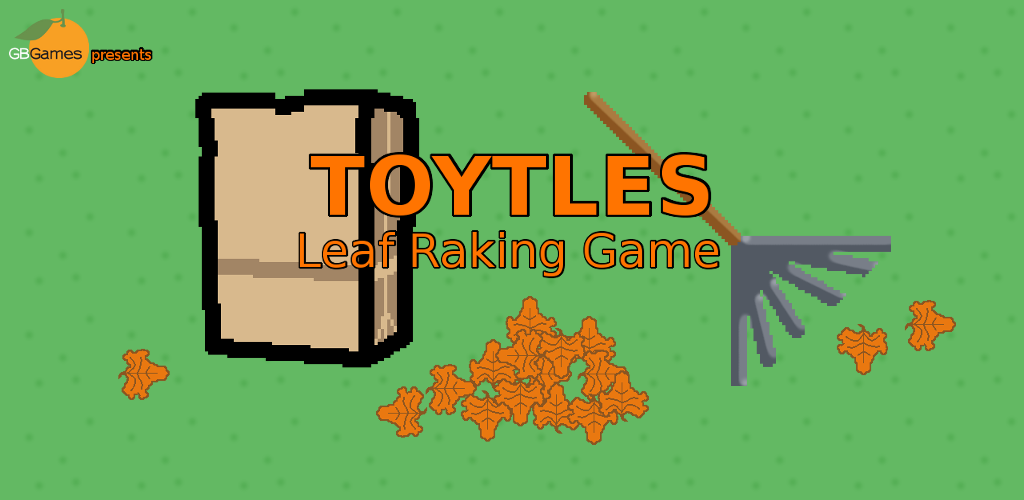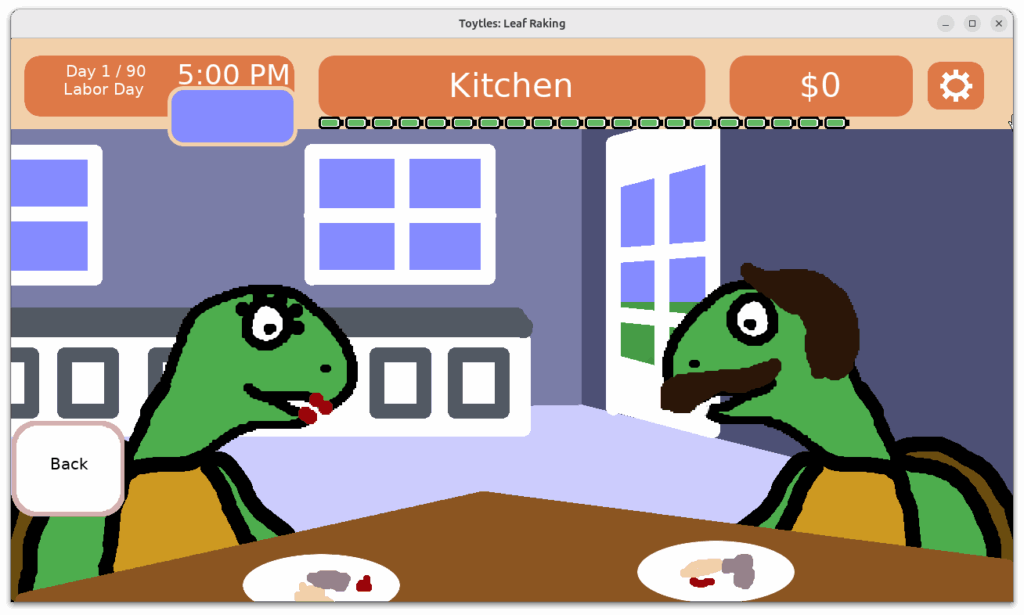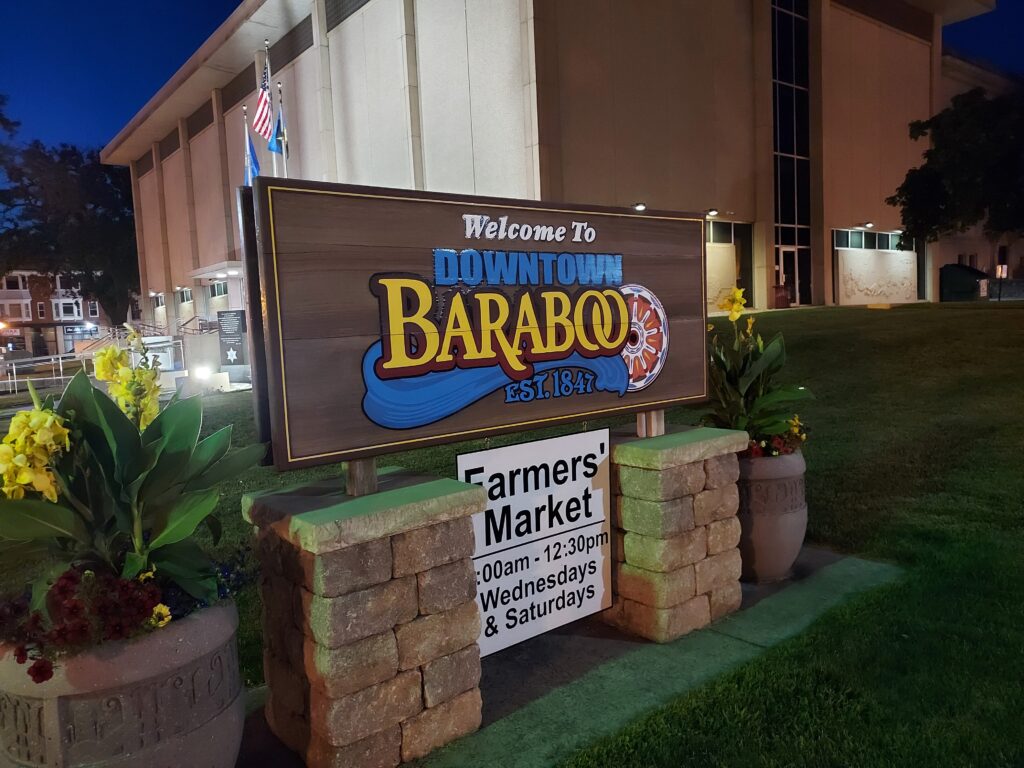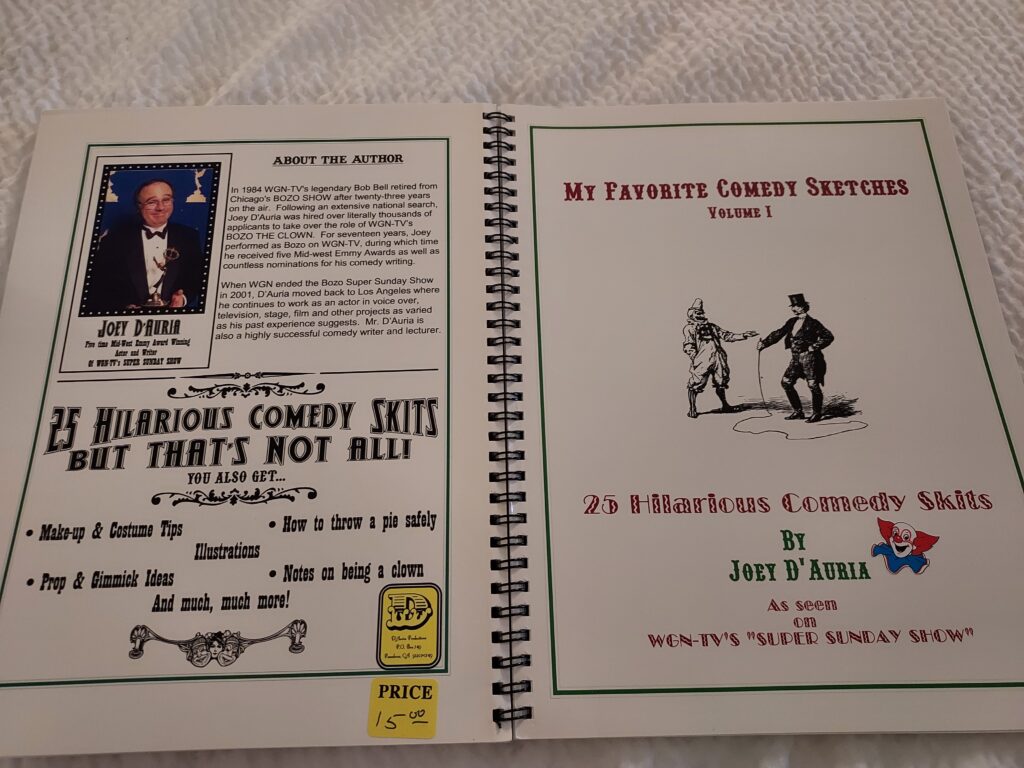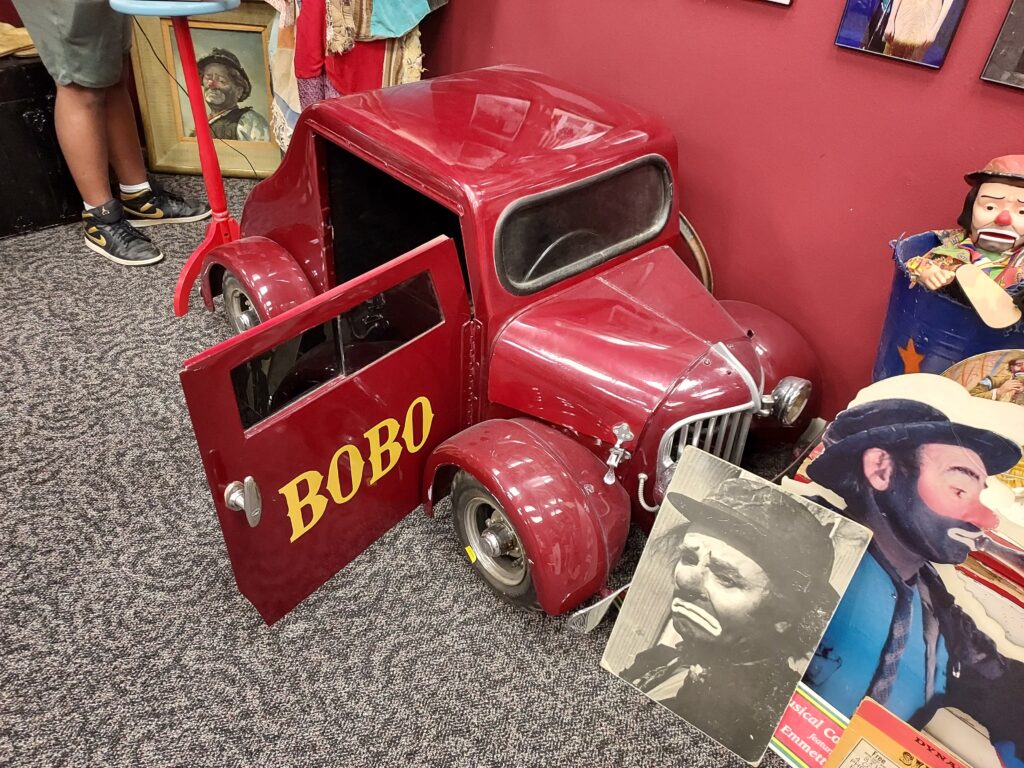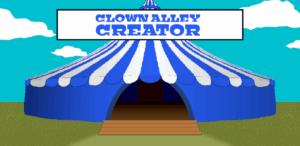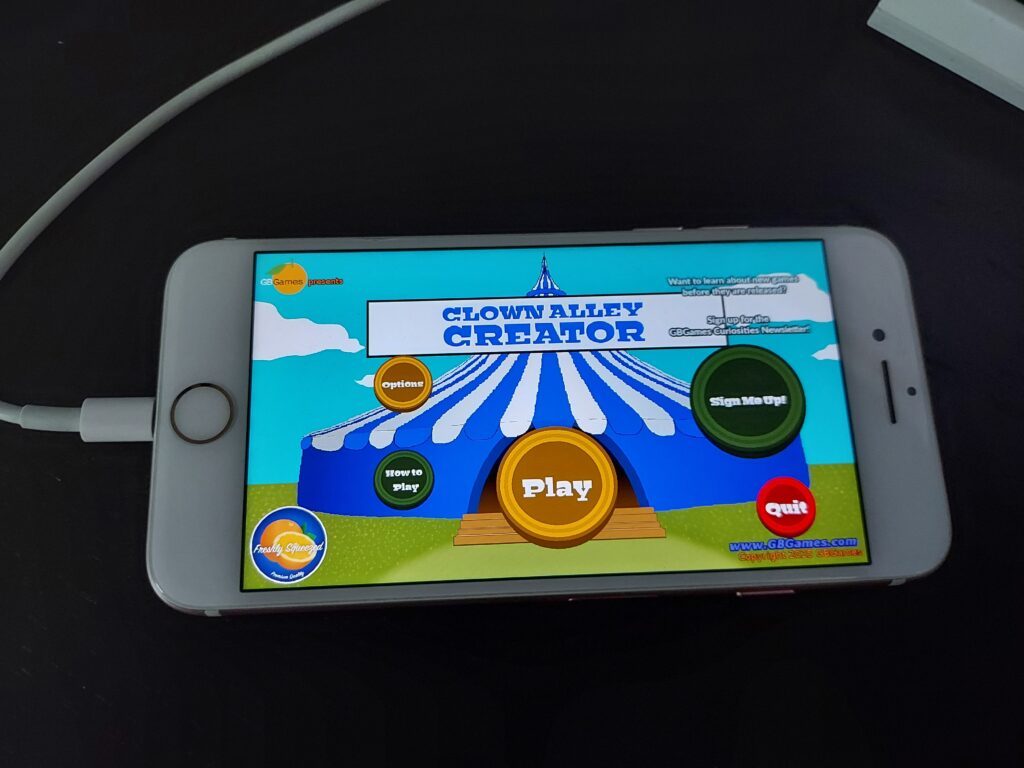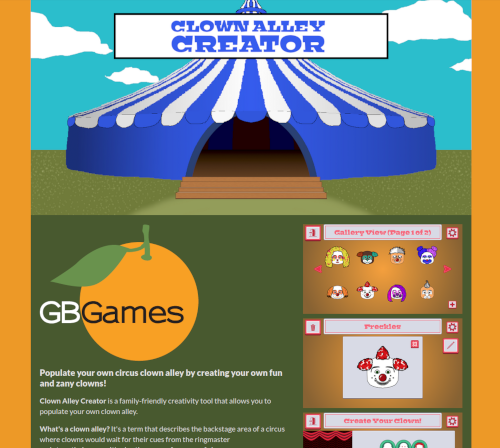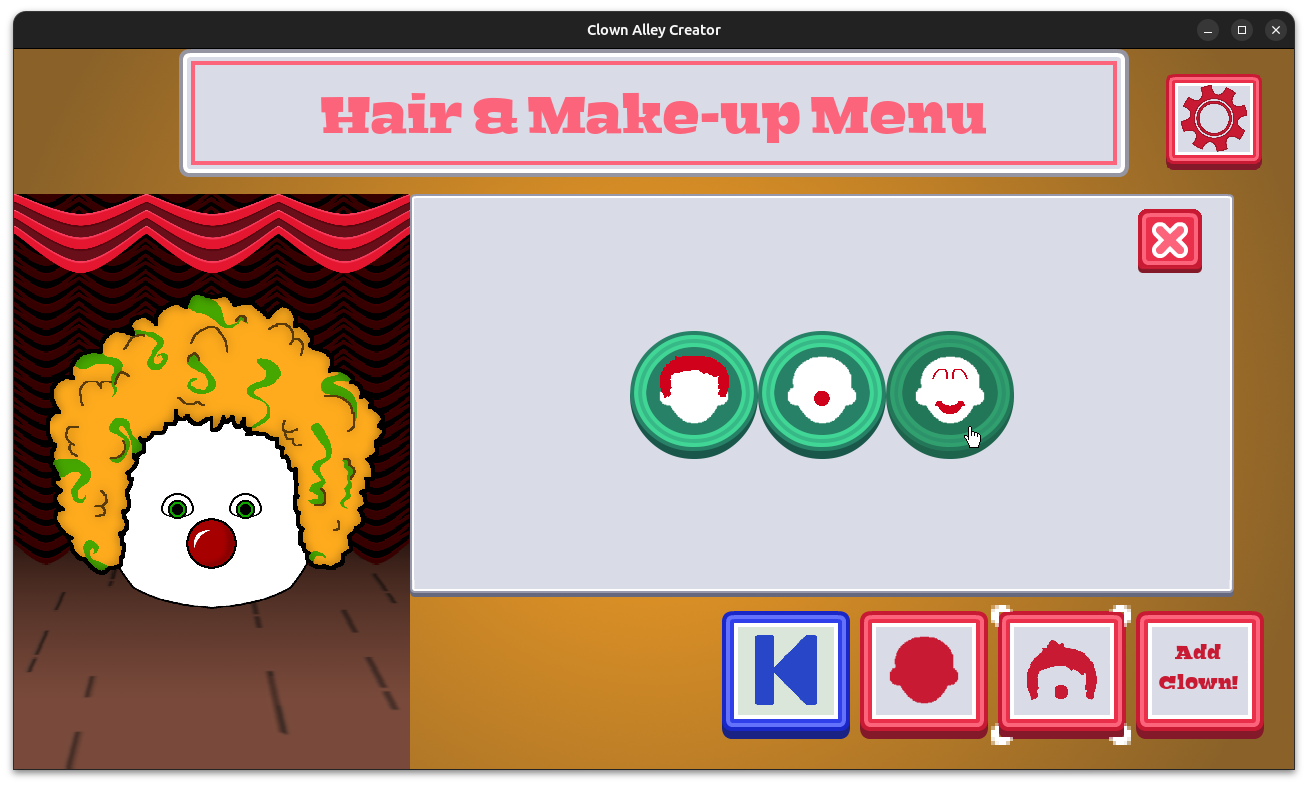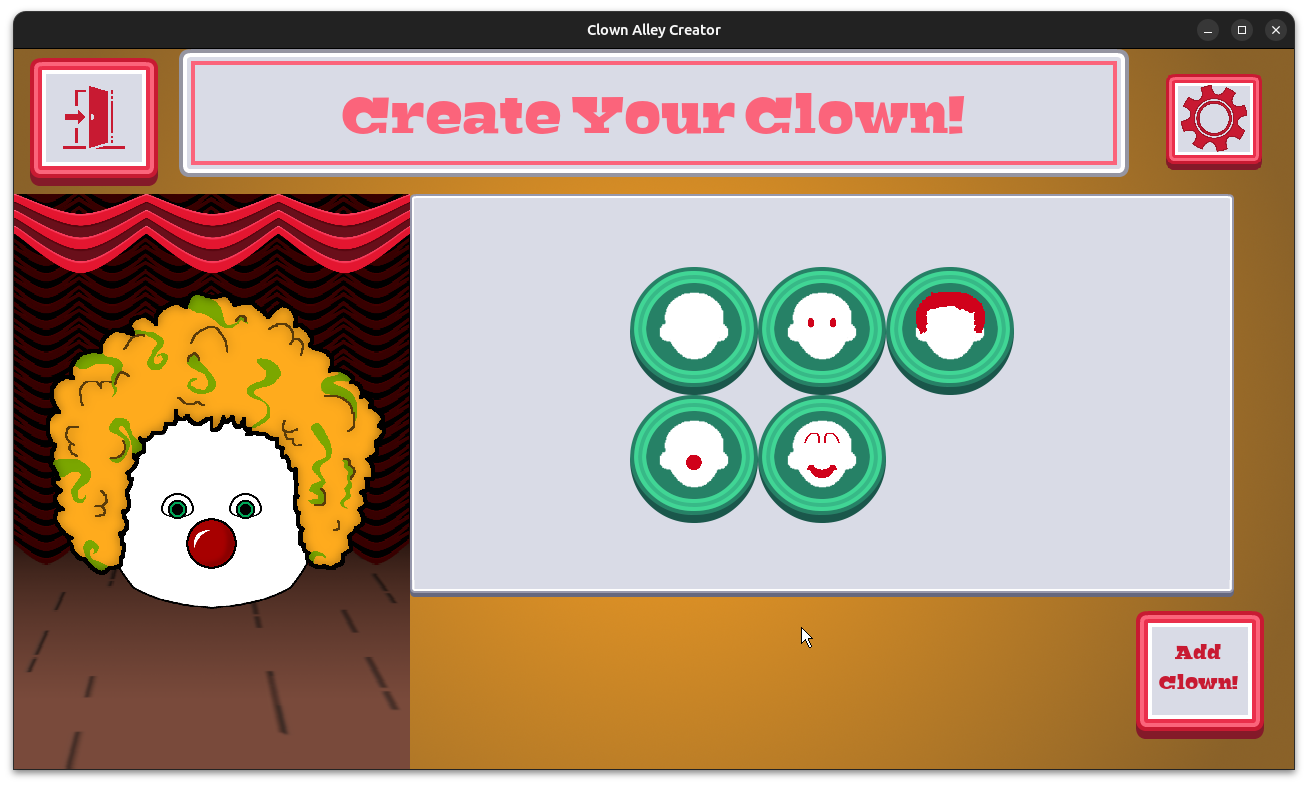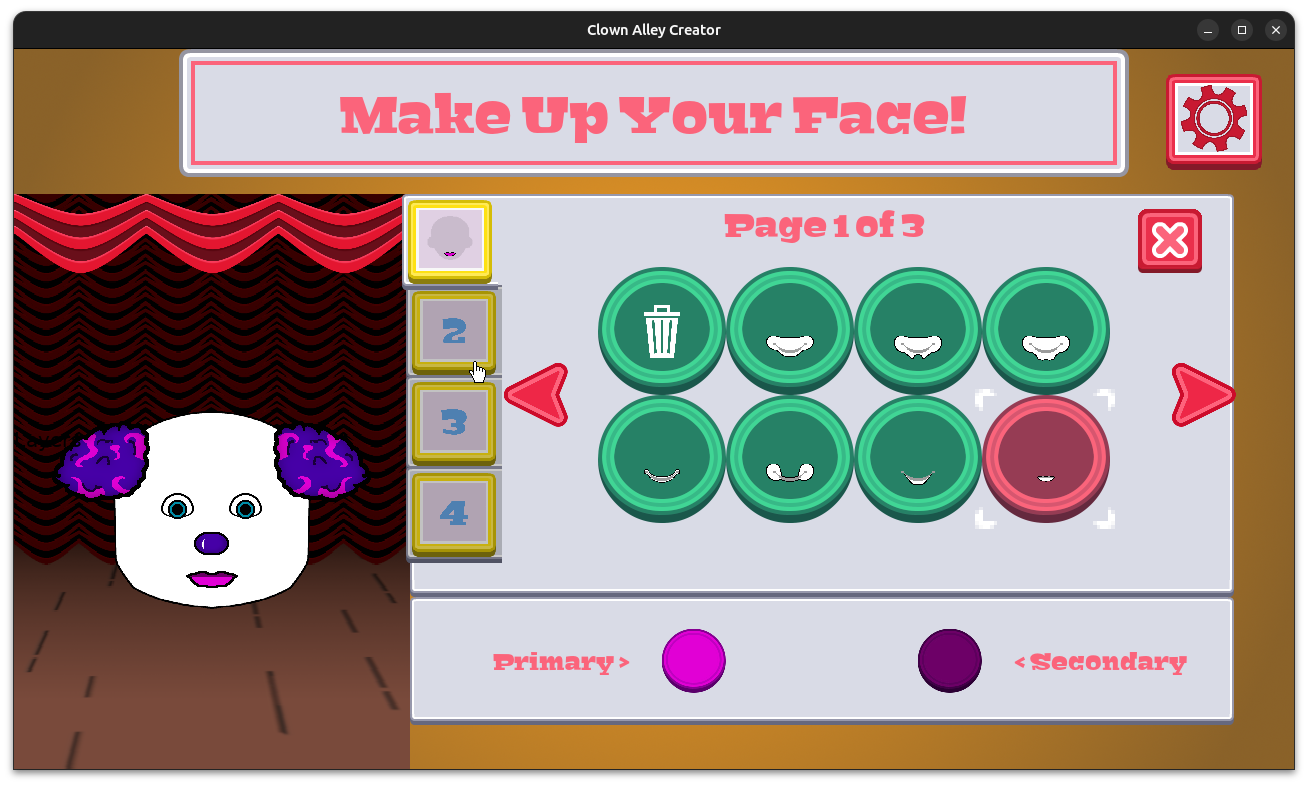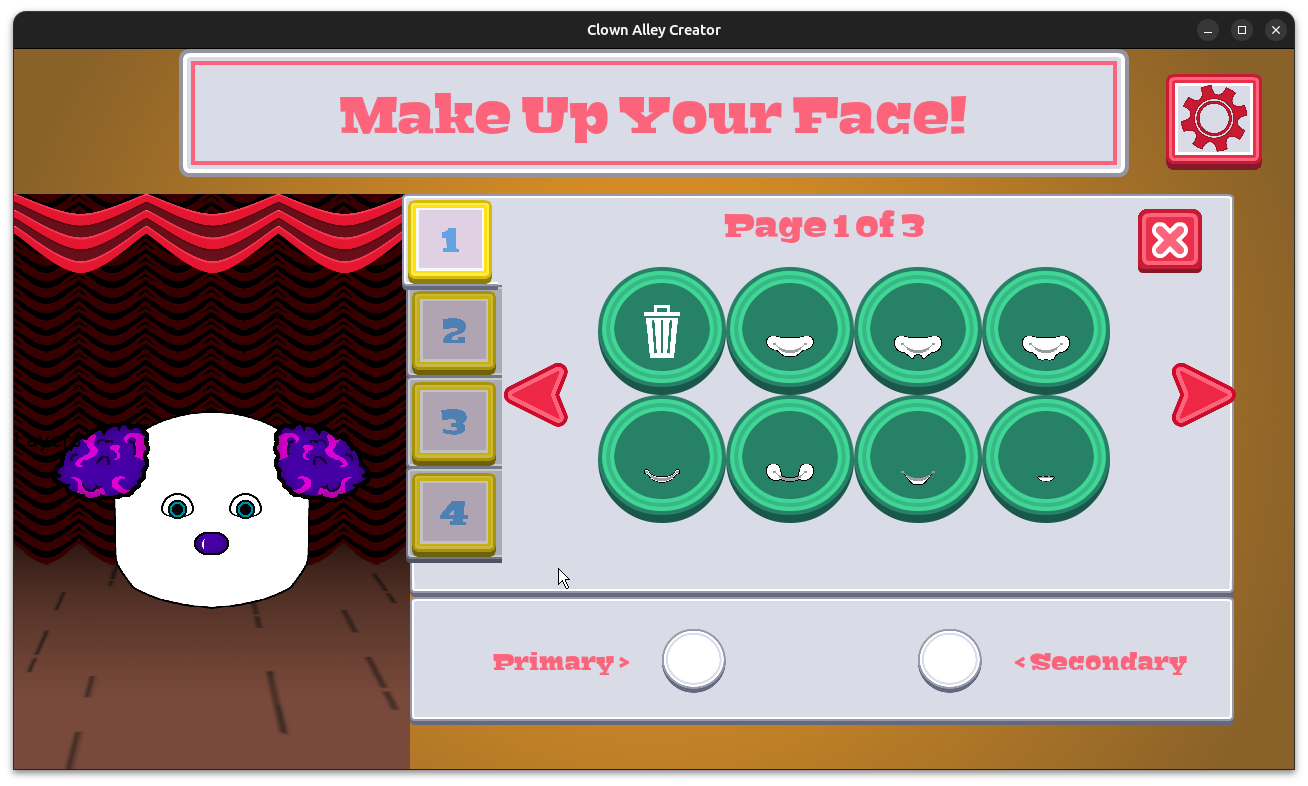Last time, I reported that I was starting to prepare for a Major Update(tm) for my strategic leaf-raking business simulation game Toytles: Leaf Raking‘s 10 year anniversary next year.
This past week I spent time going through my old notes for the project, some of which date back to 2014.
I had some ideas that sounded good but got cut or changed as progress was made, and other ideas are…less good.
But I’m going through all of them to help me determine what I might want to put into this Major Update(tm).
I had a number of ideas that could be implemented relatively quickly, and other ideas that would require me to add entire features or systems.
At this point, I wanted to think about all the possibilities before limiting the scope by looking at the calendar, my capabilities, and reality.
But I’ve already started to categorize some ideas. Low-hanging Fruit are things like replacing background graphics, updating the font, using better sound effects, adding music, and updating the general user interface. These are things I can do without substantially changing the code or worrying about impacting the game play, but that I think will enhance things quite a bit.
Requires Some Effort to Enhance the Game are things that require me to add or modify code and art to support things that can’t be done yet. For instance, the game supports one save file, but there is no reason not to support multiple saves. There is no way to mute the audio, which makes sense since the game has no music yet, but I should allow the player to not only mute sound effects and music but also adjust their volumes. And I should create a proper ending, as right now the ending is quite anticlimactic.
And then there are Game Play Improvements, which not only require updates to the game but some hard design work to make sure that things are improved and not broken accidentally. I’ve mentioned this before, but I think the main game play of potentially getting interrupted by rain while raking leaves and needing to wait it out can be quite clunky. There are also awkward edge cases that result in what might be seen as unfair situations, such as finishing a yard at midnight and not getting paid because technically midnight is when leaves get added for the next day.
The first two are mostly technical in nature, as in I am doing art swaps or adding features with known constraints and parameters. The third is likely to be the most challenging because there is a risk of potentially unbalancing things and anticipating that I might need to do more work to rebalance the design.
I also have plans to update the app icon:
Seriously, it could be a LOT better.
And I want to create a proper trailer and even add translations.
If you’ve played Toytles: Leaf Raking, I’d love to hear from you. What did you love about it, and what do you wish you could do in it?
Thanks for reading, and stay curious!
—
Want to learn about future Freshly Squeezed games I am creating? Sign up for the GBGames Curiosities newsletter, and download the full color Player’s Guides to my existing and future games for free!

